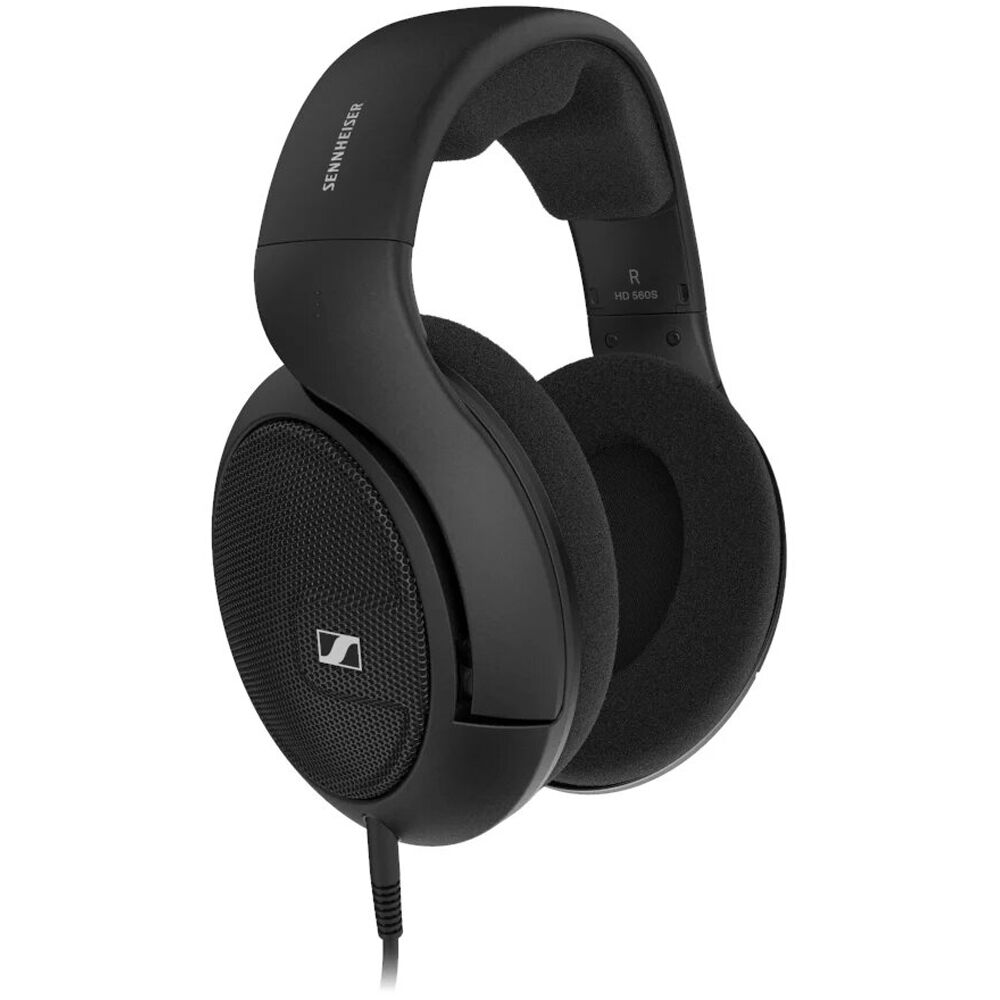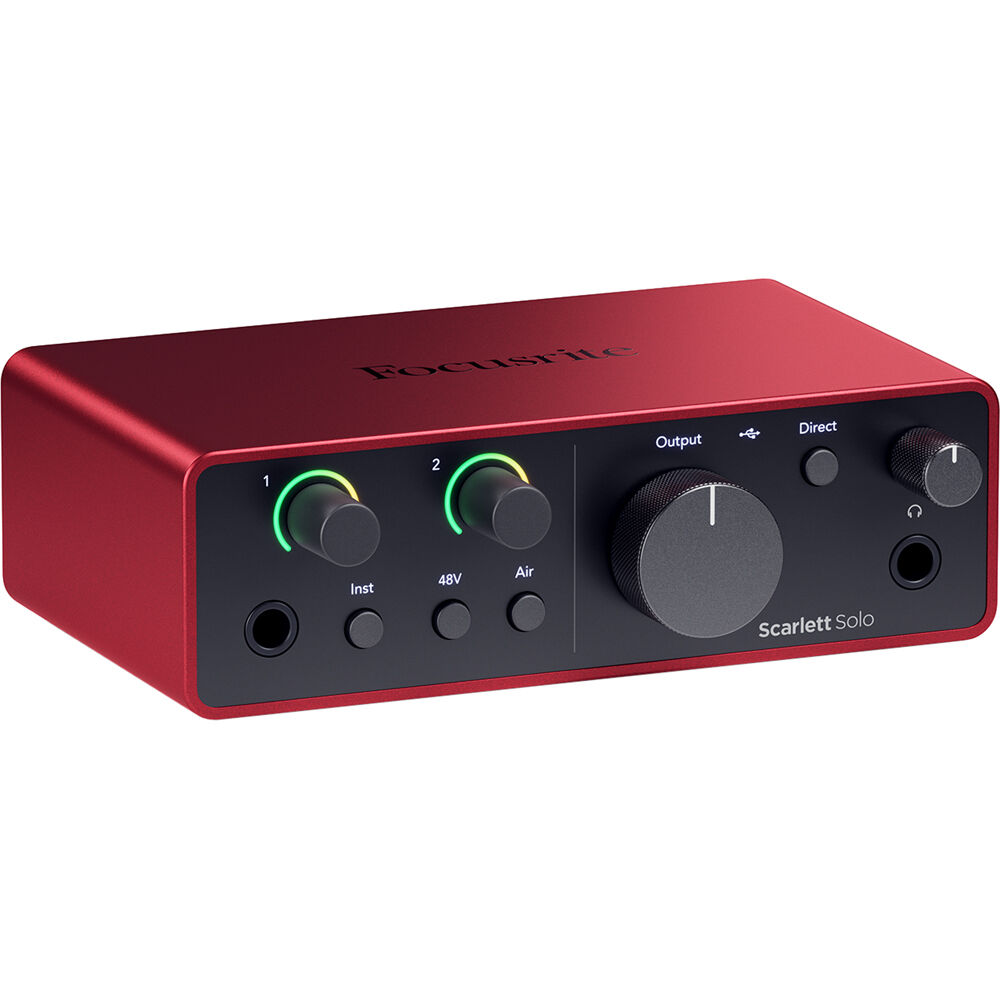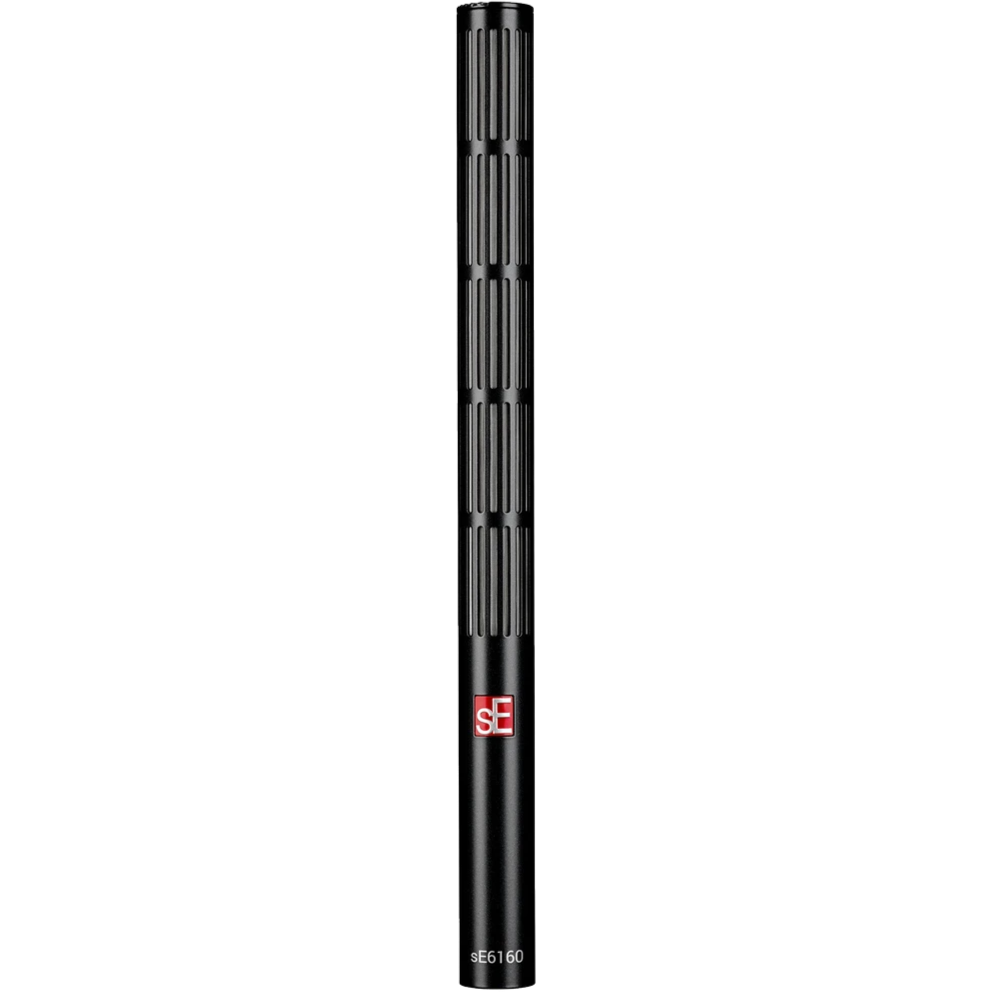Buying Guides
2025–2026 Soundium Audio Interface Guide — Faster Setup, Better Takes
This fast, no-nonsense guide helps you choose the right audio interface, set it up in minutes, and avoid common pitfalls—whether you’re buying your first box or refining a pro rig. The goal is clarity and speed, with a practical Soundium point of view woven throughout the guide. What an audio interface does (in one breath) It converts microphones/instruments to digital (into your computer) and back to analog (to speakers/headphones), while giving you control over gain, monitoring, and routing. Quick chooser: your use-case → what to buy Solo voice / podcast (one mic) 1 XLR mic input with 48V, headphone out, and direct monitoring. Quick picks: Focusrite Scarlett Solo 4th Gen, Audient iD4 MK2, Arturia MiniFuse 1, Universal Audio Volt 1. Vocal + guitar / two mics at once 2 combo XLR/Line inputs with separate gains. Quick picks: Focusrite Scarlett 2i2 4th Gen, Audient iD14 MK2, SSL 2 MK2, Arturia MiniFuse 2, Universal Audio Volt 2. Several sources at the same time (duo, small band, multiple synths) Look for 4–8 inputs (mic/line), ideally with some MIDI I/O. Quick picks: Focusrite Scarlett 4i4 / 18i20 4th Gen, Audient iD24 / iD44 MK2, SSL 12, Universal Audio Volt 476 / 476P. Streaming / content (OBS, Discord, live tutorials) Built-in loopback makes life easy (mix DAW/system audio + mic into one feed). Quick picks: Audient EVO 4 / EVO 8 / EVO 16, Zoom AMS-22 / AMS-24 / AMS-44, RØDE RodeCaster DUO (all-in-one). Mobile (iOS/Android) or ultra-compact rigs Class-compliant USB, simple I/O, low fuss. Quick picks: IK Multimedia iRig HD X / iRig 2 / iRig Pro I/O, RØDE AI-Micro, Zoom AMS-22. Tour-proof / premium stability Rock-solid drivers, flexible routing, long-term investment. Quick picks: RME Babyface Pro FS, RME Fireface UCX II, Apogee Duet 3, SSL 18. Also notable: Universal Audio Apollo Solo / Twin X if you value UAD plug-ins and onboard DSP. Focusrite vs Audient vs SSL vs Arturia — what’s the real difference? Focusrite Scarlett (4th Gen): the “it just works” starter line; stable drivers, clean sound, tons of tutorials. Audient (iD / EVO): iD = clean preamps and tactile knobs; EVO = auto-gain + simple loopback. Easy, creator-friendly workflow. SSL (2 / 2+ / 12 / 18): sturdy build, big knobs, and the tasteful 4K tone button for subtle character. Arturia (MiniFuse 1/2/4): minimalist, compact, tidy control app, handy hub-style I/O on some models. Bottom line: all four are solid. Choose by I/O count, features (loopback/MIDI/dual headphones), and the ergonomics you prefer. Mini glossary (30-second clarity) Combo input: one jack accepts XLR (mic) or ¼″ (line/instrument). 48V phantom: power for condenser mics (dynamics like SM58 don’t need it). Direct monitoring: hear yourself straight from the interface (near-zero delay). Loopback: route DAW/system audio + mic into a single input for streaming apps. MIDI I/O: connect hardware synths/controllers without a separate MIDI interface. “Out of the box” setup (2-minute cheat sheet) Install drivers: Windows—use the manufacturer’s ASIO driver; macOS—CoreAudio works, still install the utility. Start-safe settings: 48 kHz sample rate, 128-sample buffer. If playing/recording feels laggy, try 64 (if stable). For mixing, bump to 256–512 for CPU headroom. 48V: turn on only for condenser mics. Gain staging: speak/play normally and set peaks around −12 dBFS in your DAW (clean headroom). Monitoring: enable direct monitoring for vocals/instruments you’re tracking. Streaming: if your interface has loopback, enable it in the control app and select it in OBS/Discord. Quick test: record 10–20 seconds. If you hear pops/dropouts, raise buffer one step. Pro tip: For timing-critical playing/recording, wired headphones keep monitoring tight. Wireless is great for listening; for performance, only DJ-grade transmitter systems (not regular Bluetooth) feel truly “instant.” Fast scenarios (so you don’t overthink it) Podcast/voice-over solo: 1 XLR in, 48V, direct monitor, one big monitor-mix knob = ✅ Singer-guitarist: 2 combo inputs with separate gains; two headphone outs are a bonus. Synth stack or band scratch: 4–8 line/mic inputs; MIDI I/O saves extra dongles. Tutor/streamer: loopback + clear input meters + one-click “stream” mode (Zoom AMS) = less fiddling, more doing. Laptop + phone/tablet: class-compliant USB; check if the interface can be bus-powered or needs an external supply/adapter. Advanced asks (short answers you’ll be happy we included) Do you need 32-bit float? If you record unpredictable sources (shouts, wide dynamics) and hate riding gain, 32-bit float can rescue clipped takes and keep quiet parts usable. For most music workflows, 24-bit is still great—float is a safety net, not a must-have. Mic vs Line vs Instrument (Hi-Z) Mic inputs are for microphones (need preamp gain). Line is for mixers/synths (already at line level). Instrument/Hi-Z is for guitars/basses direct—higher impedance so pickups don’t sound dull. Plug guitars into Hi-Z, not line. Grow later with ADAT Many 2-input interfaces can add 8 more mic inputs over ADAT Lightpipe using an external preamp. Nice “buy small now, expand when needed” path (e.g., Scarlett 18i20, Audient iD24/iD44 support ADAT). Using an SM7B (or other low-output dynamics)? Pick an interface with about 60 dB of clean gain or add an inline booster (Cloudlifter/FetHead). You’ll get healthy level without cranking noise. Headphones that need juice If you run 250–600 Ω headphones, check the interface’s headphone power spec; high-impedance cans may want a small dedicated amp. Rule of thumb: source output impedance ≪ headphone impedance. USB-C vs Thunderbolt Thunderbolt can shave a little off round-trip latency at tiny buffers or high channel counts, but driver quality dominates everyday performance. A good USB-C interface with solid drivers is plenty for most creators. DC-coupled outputs (modular folks) Want to send CV from your DAW to Eurorack? Look for DC-coupled outputs. Otherwise, a MIDI-to-CV box is simpler. Where do the sub-collections fit? (USB, Thunderbolt, MIDI, iOS) USB Audio Interfaces (most people land here) Works on modern Macs/PCs and—if class-compliant—also on phones/tablets. Choose by I/O count, loopback, driver quality and bus power. This is the default path for creators in 2025. Thunderbolt Audio Interfaces (niche, pro I/O or tiny buffers) Useful if you need very low latency at tiny buffers and/or higher channel counts with tight CPU budgets. Day-to-day, drivers matter more than the port. If you don’t know you need TB, you probably don’t. MIDI Interfaces (not audio) DIN-MIDI I/O for connecting hardware synths/drum machines. No mic/line audio here—pure MIDI timing and routing. iOS Interfaces (how to position in 2025) iPhone/iPad are moving to USB-C. Many USB class-compliant interfaces now work directly with the latest phones/tablets. Keep an “iOS & Mobile” collection as a curated shortcut for people who want guaranteed, compact, phone-friendly gear. What belongs here: ultra-portable units or mobile-specific designs (simple power needs, short cables, onboard 3.5 mm monitoring, single-purpose tools). Great fits you already stock: IK Multimedia iRig 2 (analog TRRS guitar; note headset-jack caveats on USB-C phones), IK Multimedia iRig HD 2 (digital guitar over USB), IK Multimedia iRig Pro I/O (compact XLR + instrument + MIDI), IK Multimedia iRig Pre HD (XLR mic for mobile with 48V), RØDE AI-Micro (tiny dual-mic TRRS interface), Zoom AMS-22 (class-compliant USB-C that works on desktop and mobile). FAQ (the ones we get every week) Will one input be enough? Yes for solo voice. If you ever plan to record two sources at once (voice + guitar, two mics), get two inputs. Do I need 48V? Only for condenser microphones. Don’t enable it for dynamics or ribbons (unless their preamp specifically requires it). Is this good for streaming? Look for loopback. Without it you can still stream using virtual audio cables, but it’s fussier. Can I use it with my phone/tablet? Yes if it’s class-compliant and you provide enough power (USB-C/Lightning adapter; sometimes a powered hub). For USB-C phones, prefer digital USB-C interfaces over older TRRS analog adapters. Focusrite vs Audient vs SSL vs Arturia—what’s the real difference? All four are solid. Focusrite = simple & stable; Audient = clean sound + handy features; SSL = great feel + tasteful character; Arturia = minimalist/compact with a tidy control app. Choose by inputs/features/ergonomics, not FOMO. What to do next Decide how many inputs you truly need today (and whether loopback matters). Pick one from the Quick picks above that fits your scenario and budget. Follow the 2-minute setup and you’re making sound—no support ticket, no forum rabbit hole. If you’re stuck between two models, tell us two things: what you’ll record and how many sources at once. We’ll point you straight to the best fit. Soundium has your back.
Czytaj więcej



